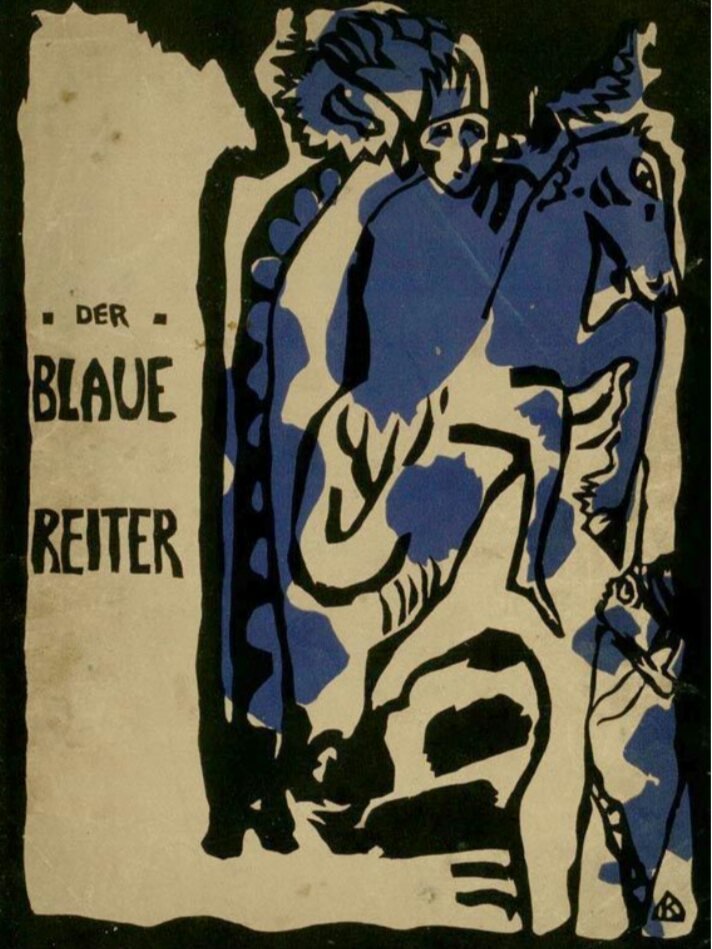People who have no voice can have a creative spark, born of suffering or solitude. Mostly it's hidden, but in the 20th century it began to be admired, celebrated, and even perhaps exploited.
For our #ThursdayMotivation today let's look at the world of 'Outsider Art'...
For our #ThursdayMotivation today let's look at the world of 'Outsider Art'...

Outsider Art, Art Brut, Visionary Art, Naïve Art: nobody has really settled on a name for artworks made by non-traditional artists which express a raw, energetic experience of the world. It's art often hidden in the margins, calling to be heard. 

Outsider Art began to be recognised in 1911 by Der Blaue Reiter group of artists in Munich. The group was short-lived but influential: it was fundamental to Expressionism and admiring of the art of those who lived with mental health issues. 

Interest in Outsider Art grew further when Dr. Walter Morgenthaler published "Ein Geisteskranker als Künstler" in 1921, a book about the intricate artworks of his psychiatric patient Adolf Wölfli. 

In 1948 Jean Dubuffet, Andre Breton and others formed the "Compagnie de l’Art Brut" to find and publicise the 'rough art' that Der Blaue Reiter group had celebrated. Over the years they built a vast collection. 

Art Brut celebrated works by untrained, intuitive artists, many who were troubled outsiders with no connection to the art world. Artists like Foma Jaremtschuk, who lived with schizophrenia and created unique pictures drawn from inner experiences. 

In 1972 Roger Cardinal coined the phrase "Outsider Art" as an English translation of Art Brut. Today I'll share some works by Outsider artists who have come to public prominent, sometimes only after they have passed away and their life's work has been discovered. 

Kiyoshi Yamashita was an itinerant Japanese Outsider artists of the 1950s who worked mainly in collage and paints. His wanderings and travels influenced his choice of subject and in 1956 his unique work was exhibited across Japan. 

Georgiana Houghton was a noted Victorian medium and Outsider artist. Her 'spirit drawings' began in 1858 at her séances and she later exhibited her work in London in 1871. 

The Philadelphia Wireman is an unknown Outsider artist who created over 1000 wire-frame sculptures that were found abandoned on a Philadelphia street in 1982 outside a homeless shelter. Nothing further is known about the artist. 

Susan Te Kahurangi King is a New Zealand Outsider artist whose work has been exhibited worldwide. She has not spoken since the age of eight, and has chosen instead to express herself through her artworks. 

Henry Darger is possibly the most widely known Outsider artist. His 15,000 page manuscript "The Story of the Vivian Girls in What Is Known as the Realms of the Unreal of the Glandeco-Angelinian War Storm Caused by the Child Slave Rebellion" was discovered after his death in 1973. 

Norbert Kox was formally an American biker and gang member. Following 10 years of religious-inspired isolation he developed a unique apocalyptic artistic vision, using skills developed whilst painting and customising motorbikes. 

The Prophet Royal Robertson was a reclusive American Outsider artist, whose style echoed the themes of comic books. Robertson lived with paranoid schizophrenia for most of his life and his artworks reflect his sense of being a prophet and visionary. 

Ataa Oko was a Ghanaian artist who specialised in figurative palanquin design and fantasy coffin building, before developing as an Art Brut painter in his 80s. Ghanaian coffin art is a modern tradition and was greatly developed by fellow Ghanaian artist Paa Joe. 



We should bear in mind that some Outsider artists were deeply troubled and had not expressed any desire for their private work to be shown more widely. Posthumously discovering and exhibiting Outsider Art treads a fine line between curation and voyeurism. 

Raw Vision is a magazine dedicated to Outsider Art. Do check out their website for more examples from other artists: rawvision.com 

Let's leave this brief review of Outsider art with the work of contemporary Visionary artist Mina Mond (minamondart.tumblr.com). Creativity is a gift we can all develop, share and appreciate. Hopefully that's what life is for.
More stories another time...
More stories another time...

(Apologies: this thread broke in the middle. Hopefully that's fixed now. Here's a piece by Felipe Jesus Consalvos, a Cuban cigar roller whose Outsider artworks were only discovered after he passed away in 1960. His collage work, involving cigar bands mixed with objets trouvés) 

• • •
Missing some Tweet in this thread? You can try to
force a refresh























